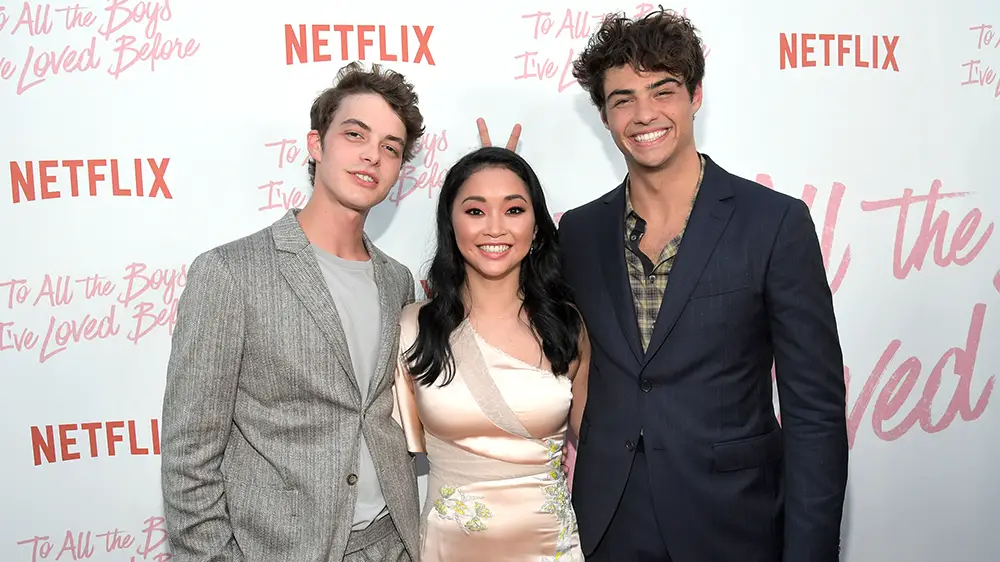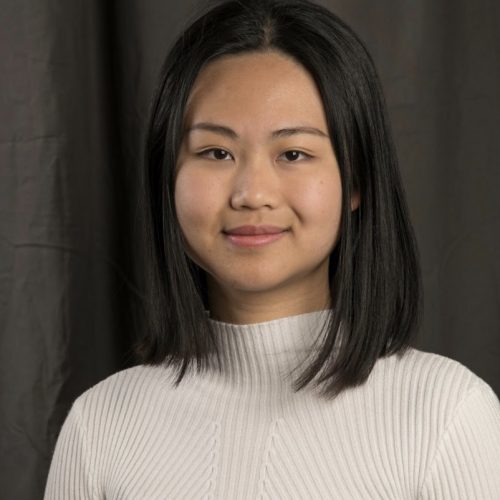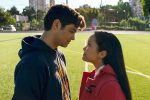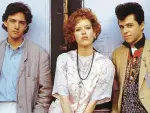When I first decided to watch “To All the Boys I’ve Loved Before,” I didn’t know what to expect. I hadn’t watched a teen movie since, well, I was a teen, and that seems like a lifetime ago.
After finishing the Netflix film, I thought that even though I wouldn’t re-watch the movie as a 21-year-old, I wish I could’ve seen it when I was 16. “To All the Boys I’ve Loved Before” is based on Jenny Han’s New York Times best seller of the same name. The novel is the first out of a series of three, so cross your fingers for a trilogy.
The story follows Lara Jean Song Covey (Lana Condor), a 16-year-old girl who grew up in a multicultural household. Her mother was Korean, and passed away when she was young. As a result, she becomes guarded and afraid of loss. Lara Jean lives in a fantasy world where she dreams about romance, but closes herself off to the real world. However, she is forced to deal with the real world when the five private love letters she wrote for five boys she had loved throughout her life are somehow sent to each one of them.
Although most of those letters were written years ago, Lara Jean is still in love with one of the letters’ recipients, Josh Sanderson (Israel Broussard) — who is also her sister’s ex-boyfriend. To evade confronting Josh about her real feelings, she agrees to enter a fake relationship with another recipient of the love letters, Peter Kavinsky (Noah Centineo), a popular jock who wants to get back at his ex, Gen (Emilija Baranac).
As you can see, “To All the Boys I’ve Loved Before” is not exactly a movie that shys away from clichés, and what is more cliché in teen movies than gaining sudden popularity and having hot boys chase after you? The film embraces these tropes, but also deviates away from them. These refreshing distinctions are what make the movie worthy of its target audience’s time.
In fact, one of the first things I noticed about “To All the Boys I’ve Loved Before” is how it puts a different spin on the aforementioned trope of “the sudden rise in popularity.” Like usual, Lara Jean is the “invisible” girl who suddenly becomes the center of attention when she dates popular boy Peter.
However, despite the cliché set-up, the movie doesn’t fall into the trap of popularity glorification that many teen movies fall into. Many teen movies tries very hard to send the message that “being yourself is more important than being popular,” but such a message is overwhelmed by the brief glamorous moment when the protagonist did become popular.
Part of the allure of watching teen movies is to witness the moment the ugly duckling walks in as the beautiful swan and attracts everyone’s attention. That moment of experiencing previously unknown popularity was so addicting and thrilling as a teen that I didn’t quite care about “not being myself” if I could attain to it.
“To All the Boys I’ve Loved Before” seems to reform the idea of popularity from a concept that involves vanity, to one that signifies opening oneself up to the world. In the movie, Lara Jean starts to hang out with Peter’s “cool” friends and go to “cool” parties, but the “coolness” of it all was never played up to an unrealistic extent.
At the first party Lara Jean goes to with Peter, instead of the usual teenage party cliché of binge-drinking and drunk make-out sessions, Lara Jean reconnects with an old acquaintance and introduces him to kombucha.
The film also shows Lara Jean getting to know Peter’s friends, whom she describes as “nothing like my old friends.” She doesn’t mean it negatively. She is branching out and meeting new people. Again, the movie doesn’t fall into the glorification trap of having a bunch of fabulous-looking teens crowd Lara Jean at the lunch table to stroke the vanity of viewers imagining themselves as her. Instead, Lara Jean’s interactions with Peter’s friends are sweet, funny and real.
Many teen movies tend to send a strong moral message about popularity — think Cady’s dramatic speech at the end of “Mean Girls” — but “To All The Boys I’ve Loved Before” simply depicts an alternative way to be “popular,” a way that has nothing to do with vanity but everything to do with genuine connections and new experiences.
Another trope that “To All the Boys I’ve Loved Before” does differently is the romantic story line. In many teen movies, the romance is not fully fleshed out and the “hot boyfriend” often feels like a token that comes at the end. Alternatively, the romantic story line is strong but the problems that arise in the relationships are all due to petty misunderstandings that could easily be cleared up, but somehow aren’t. Thus, the complexities and problems of young love are often reduced to being one-dimensional.
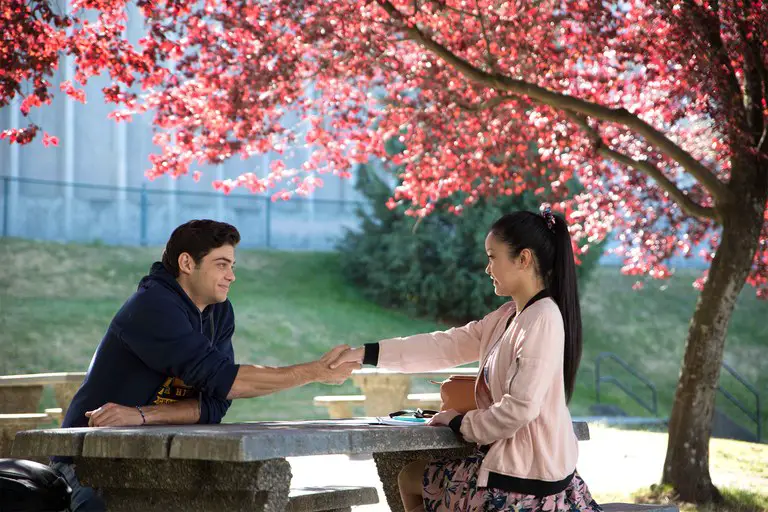
Unfortunately, this newly released Netflix sensation does fall victim to the trope of containing a lot of petty misunderstandings. Yet, it also shows a darker side of romantic love at the same time. In the movie, Peter is at first a little obsessed over his ex, Gen. He still likes her and tries to get her back by playing a toxic mind game of fake-dating Lara Jean. Lara Jean later confronts Peter about his unhealthy behaviors and asks him to stop, thereby eventually guiding him out of his obsession.
It’s important to make teenagers recognize the signs of unhealthy attachments and encourage them to help friends who are in toxic relationships. “To All the Boys I’ve Loved Before” offers the solution that the best way to break out of unhealthy attachments is to form new, healthy ones.
Overall, the charming young rom-com is a sweet movie that may stick to the usual script a bit too much for older, less romantic folks, but it could be a very good movie for teens to watch.
Personally, the film would be special to the 16-year-old me in an important way because it provides a representation of Asian Americans.
I remember watching movies and TV shows when I was a teen like “Mean Girls,” “Gossip Girl,” “Awkward,” “The Princess Diaries” and so on, in which Asian-American characters either do not exist or are featured briefly to fill the “nerdy Asian” stereotype. But even then, I held onto what little screen time and limited depictions they had as if it was a treasure, because they represented me.
This was well before the topic of Asian-American representation had gained traction, and I didn’t even realize how important it was for me to see someone like me on screen.
Writer Jenny Han actually had problems finding a publisher that would be willing to keep Lara Jean’s character Asian American. I’m glad that she persisted, and I hope more minority actors will appear on screen as leads, so that minorities — especially minority children — will no longer feel invisible.


